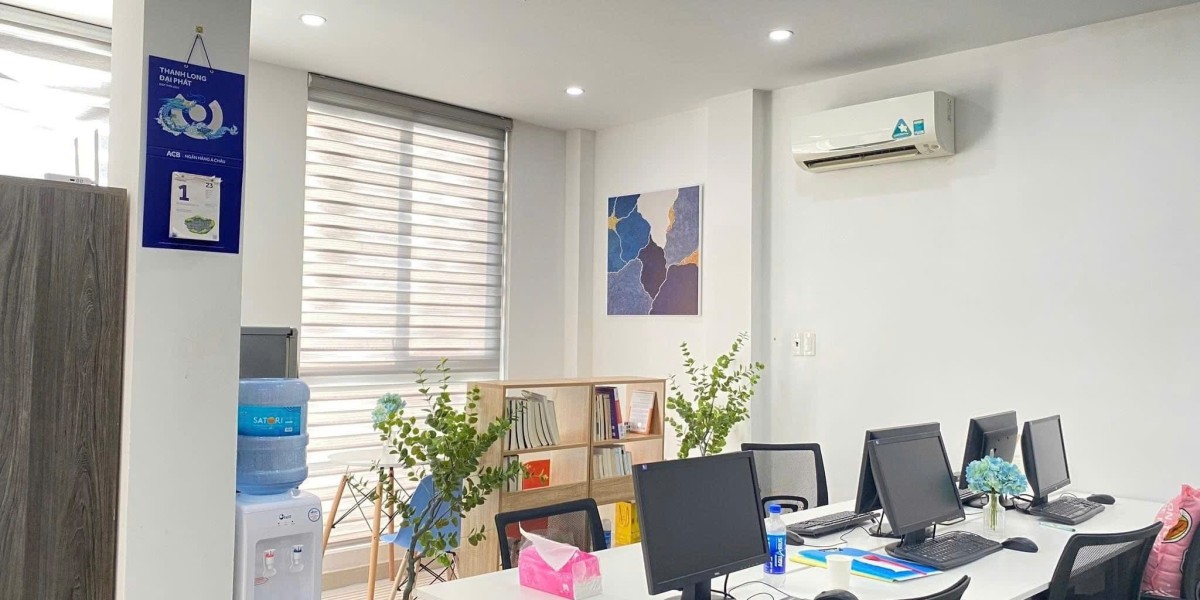In today’s fast-paced world, eye safety is often overlooked, yet it’s critical in both professional and personal settings. Whether you're working on a construction site, in a laboratory, or even doing DIY projects at home, safety glasses are a simple yet effective way to protect your vision. Let’s explore why safety glasses are essential, how to choose the right pair, and their key benefits.
Why Are Safety Glasses Important?
Every year, thousands of eye injuries occur due to accidents that could have been prevented with proper eye protection. Safety glasses serve as a barrier against:
- Debris and Dust: Common in construction and woodworking.
- Chemicals and Splashes: Essential in laboratories and industrial environments.
- UV Rays: Specialized safety glasses offer UV protection, making them ideal for outdoor work.
By wearing safety glasses, you significantly reduce the risk of temporary or permanent eye damage.
Types of Safety Glasses
There are various types of safety glasses to suit different needs:
- Prescription Safety Glasses: Designed for individuals who require corrective lenses.
- Anti-Fog Safety Glasses: Perfect for humid environments or when wearing masks.
- UV Protection Glasses: Ideal for outdoor jobs like welding or construction.
- Wraparound Glasses: Provide extended coverage to protect from side impacts.
How to Choose the Right Safety Glasses
When selecting safety glasses, consider the following factors:
- Standards Compliance: Look for certifications like ANSI Z87.1 or EN166, ensuring they meet safety regulations.
- Material: Opt for lenses made from polycarbonate, known for its impact resistance.
- Comfort and Fit: Adjustable frames and lightweight designs prevent discomfort during long hours of use.
- Lens Features: Anti-scratch, anti-fog, and tinted lenses can enhance usability in specific environments.
Benefits of Wearing Safety Glasses
- Prevent Workplace Injuries: Essential for industries like manufacturing, construction, and healthcare.
- Protect Against Environmental Hazards: Shield eyes from wind, dust, and sunlight during outdoor activities.
- Cost-Effective: Investing in quality safety glasses is far less expensive than dealing with medical bills from eye injuries.
Caring for Your Safety Glasses
To ensure your safety glasses last long and provide optimal protection:
- Clean Regularly: Use a microfiber cloth and cleaning solution to avoid scratches.
- Store Properly: Keep them in a protective case when not in use.
- Inspect for Damage: Replace glasses with cracked or scratched lenses to maintain safety standards.
Conclusion
Safety glasses are more than just an accessory—they are an investment in your well-being. By understanding their importance, types, and benefits, you can make an informed decision to protect your eyes in any environment. Whether you’re a professional or a hobbyist, make safety glasses a priority.








